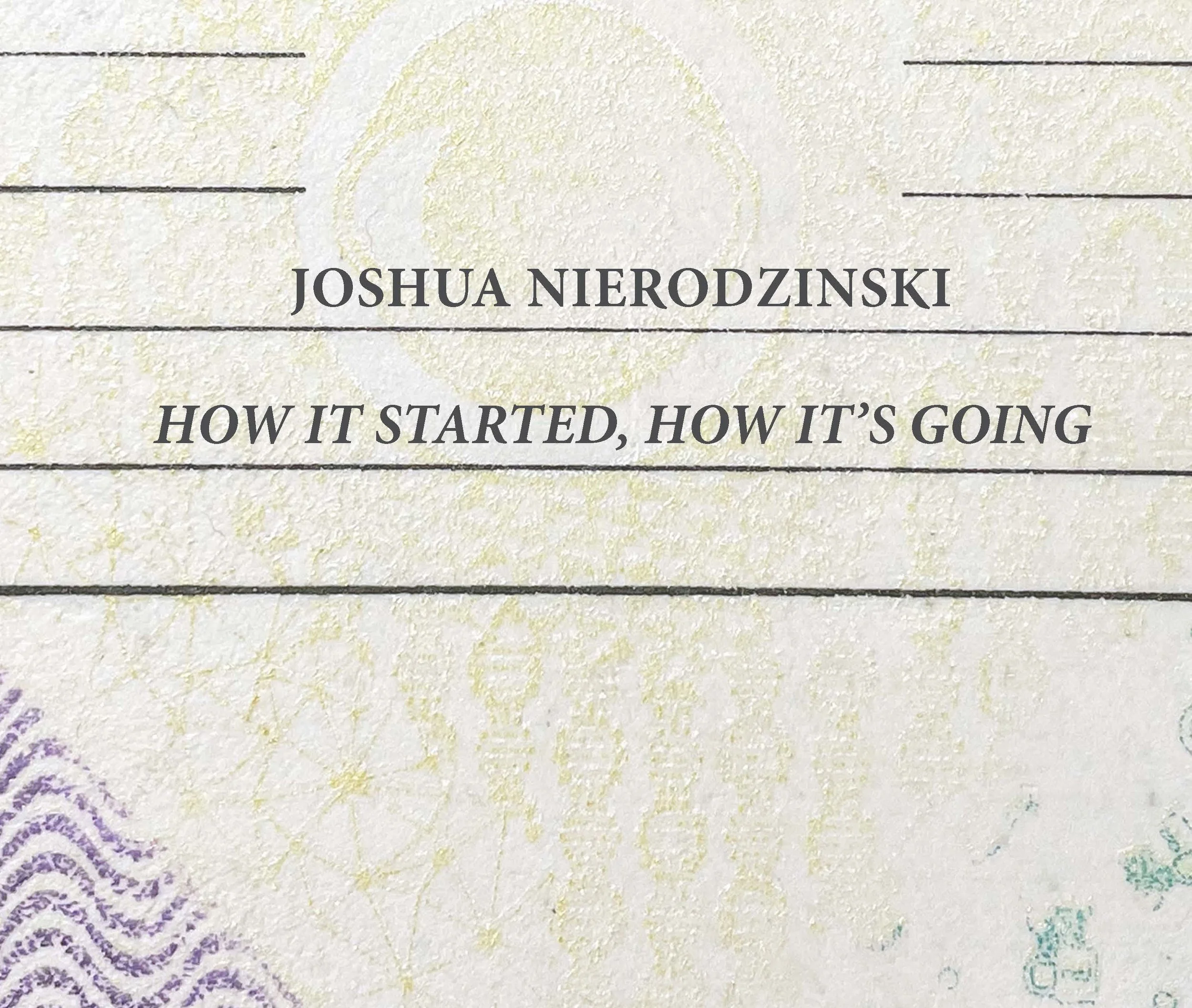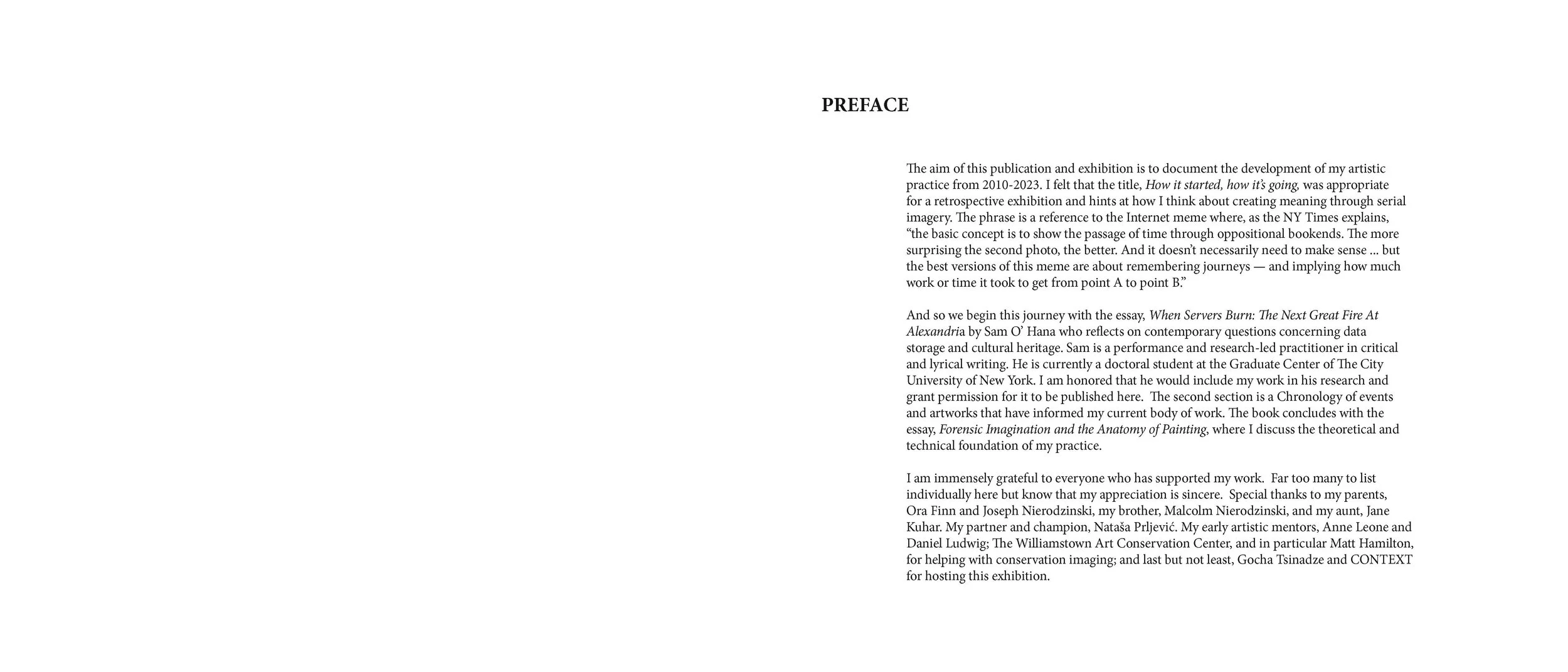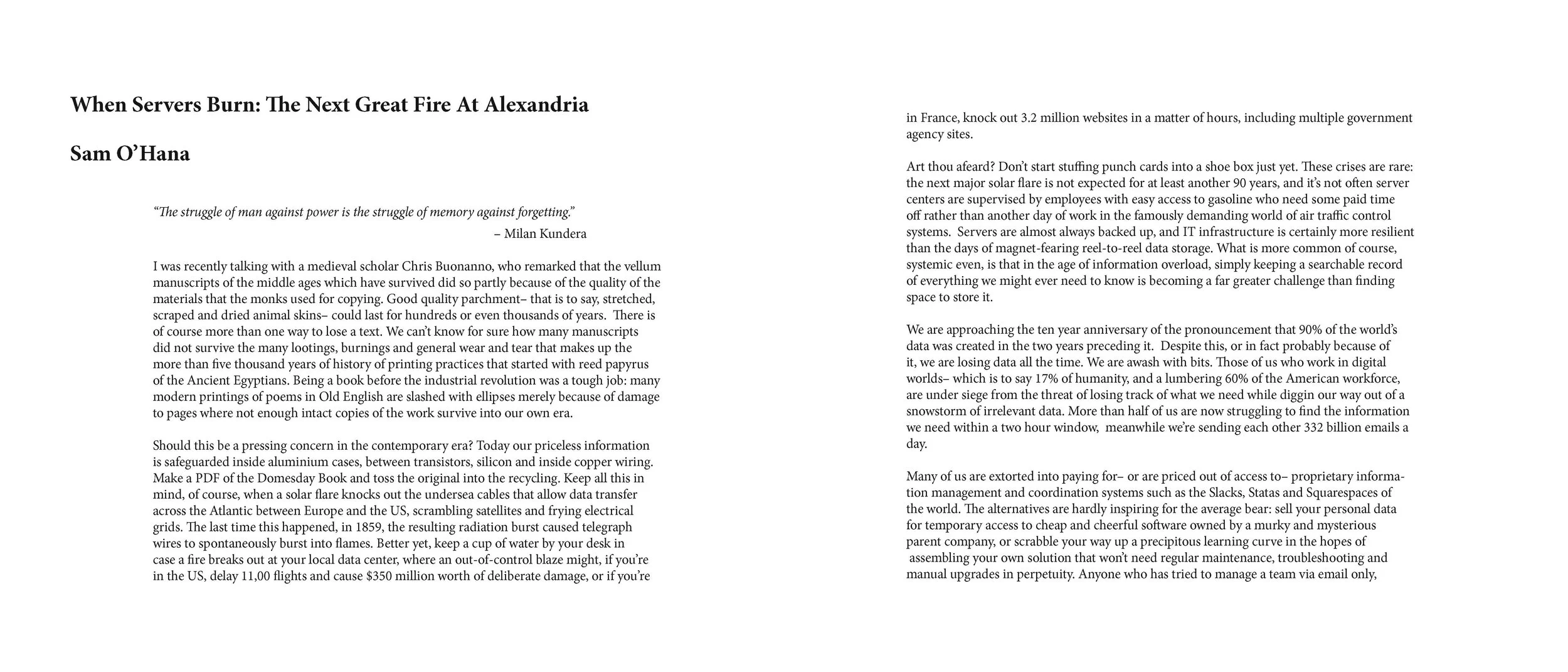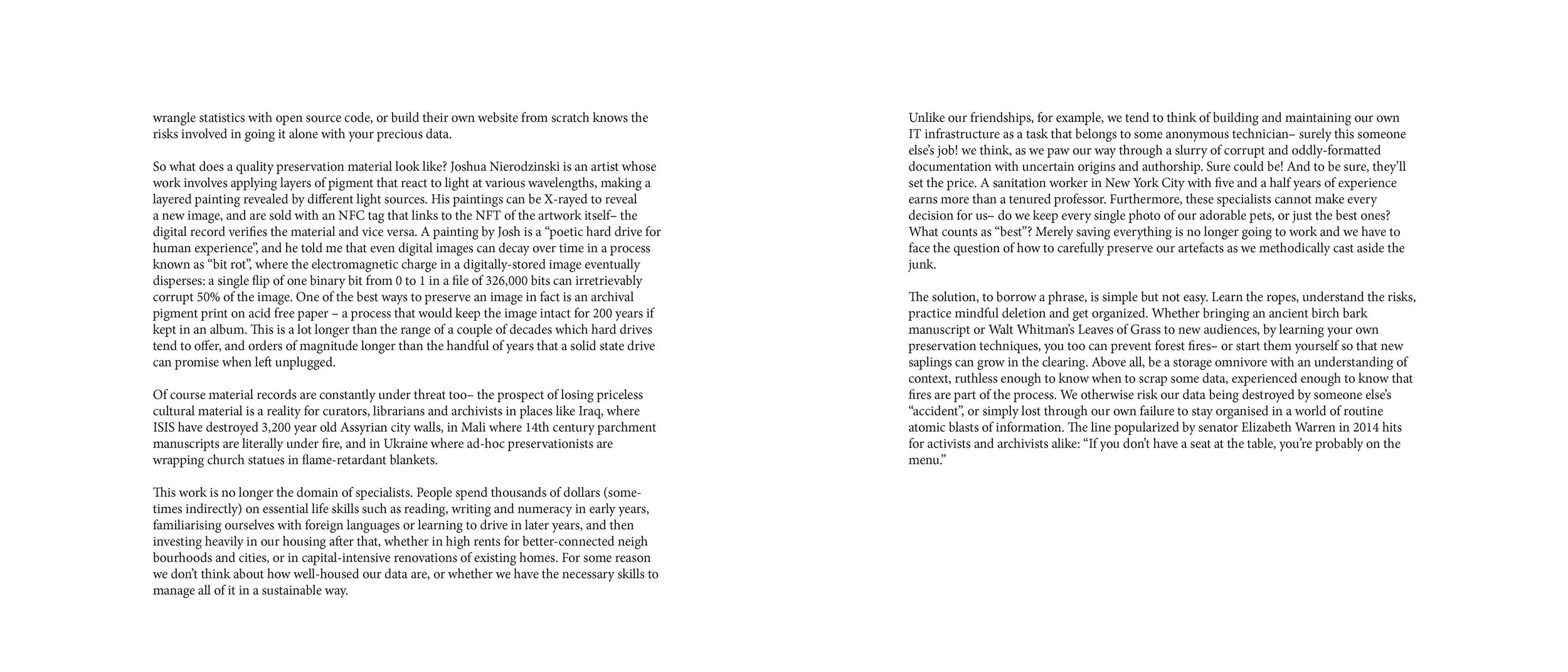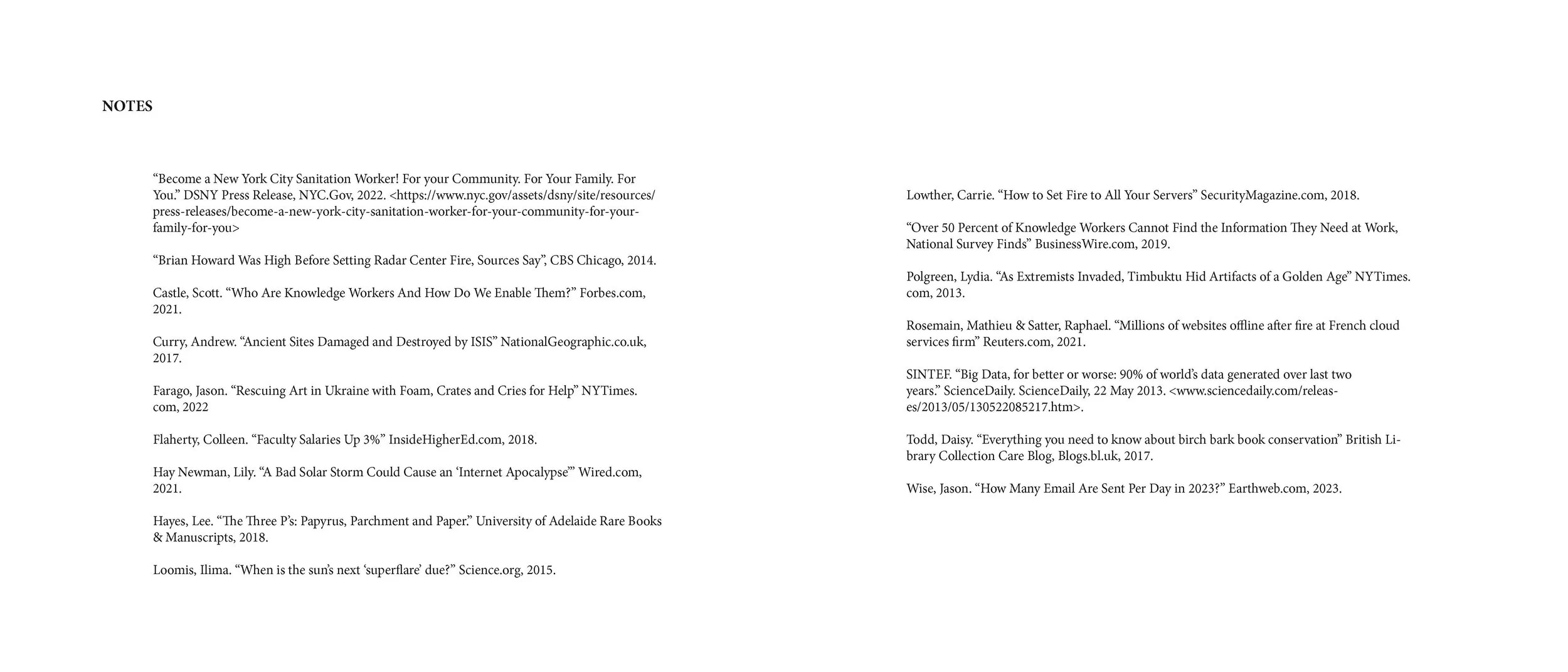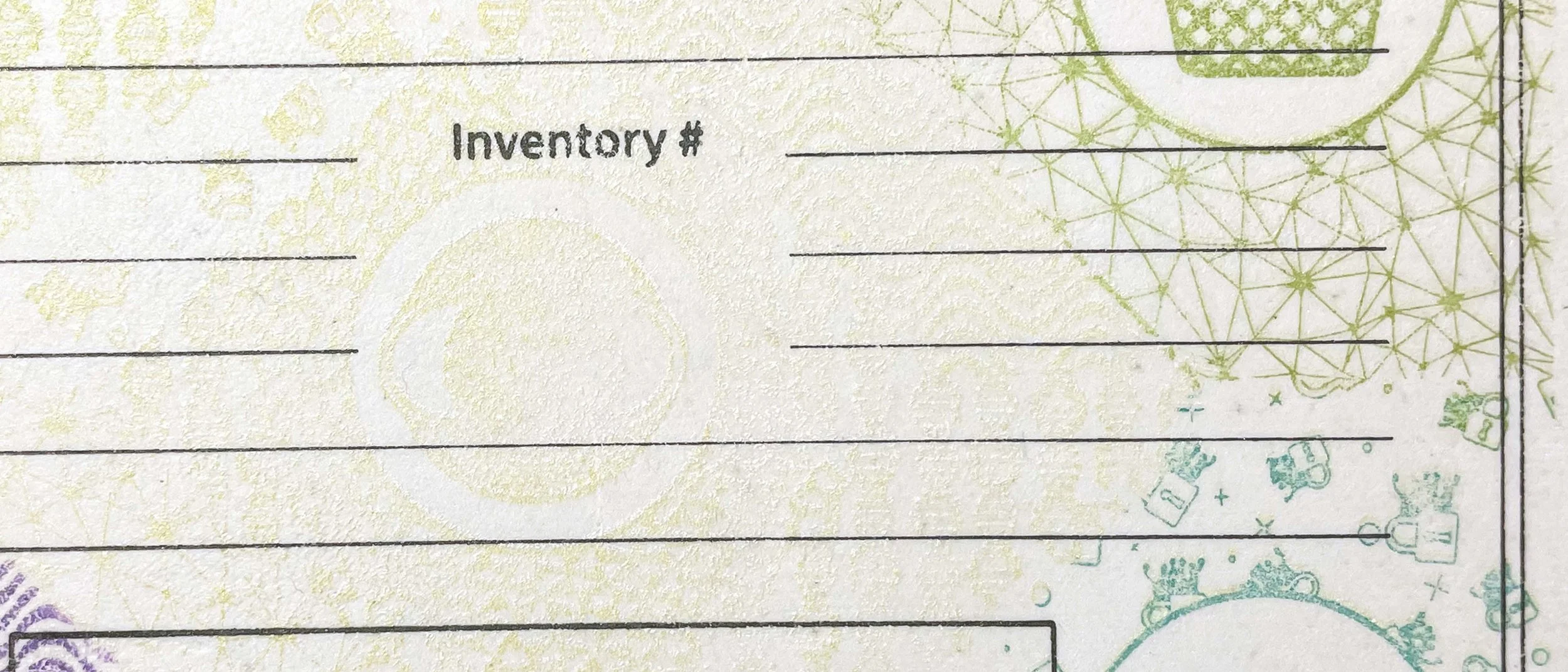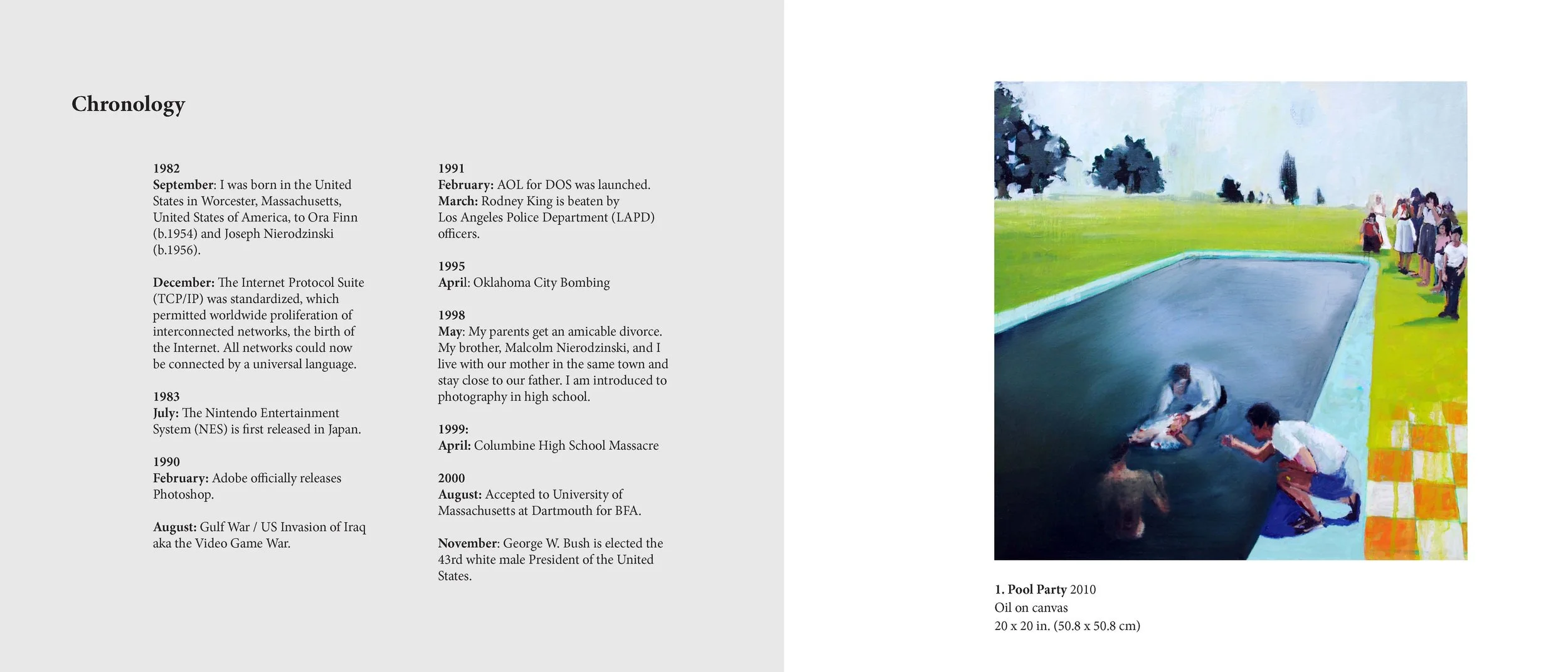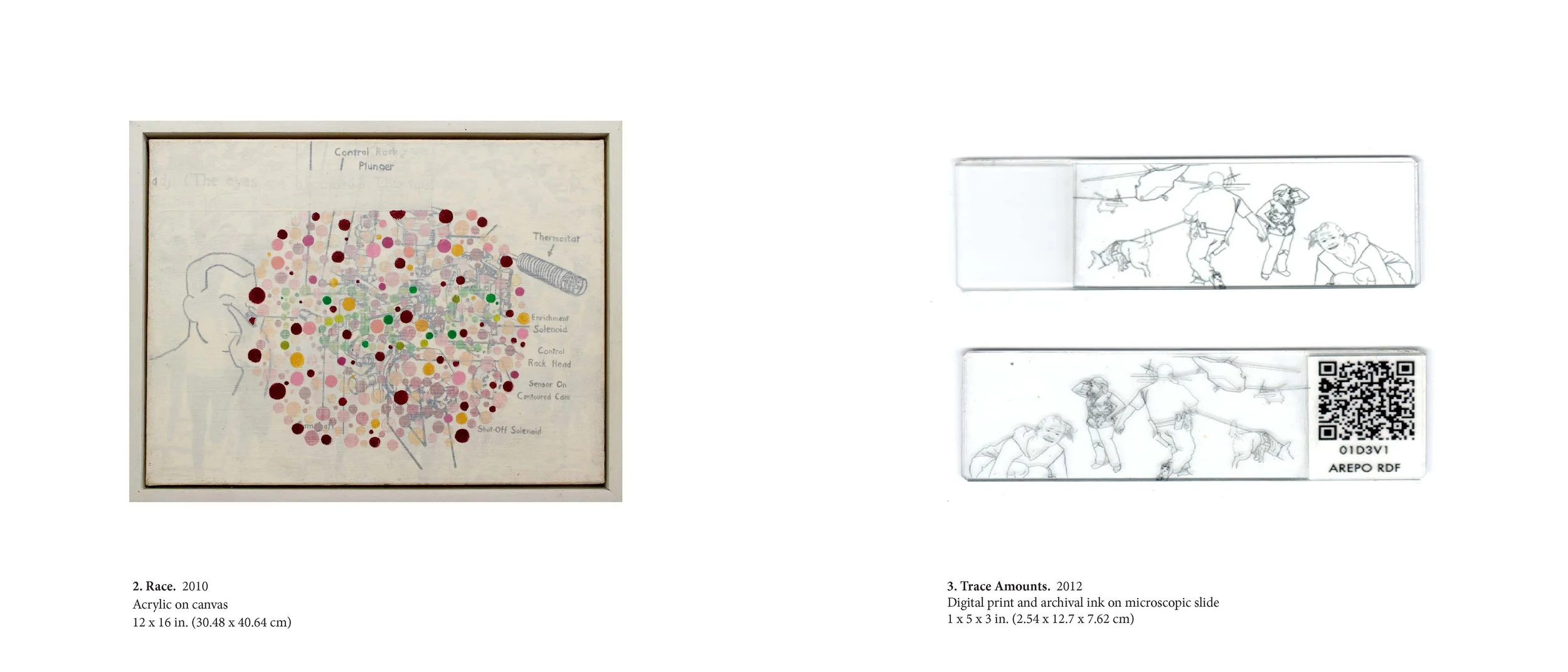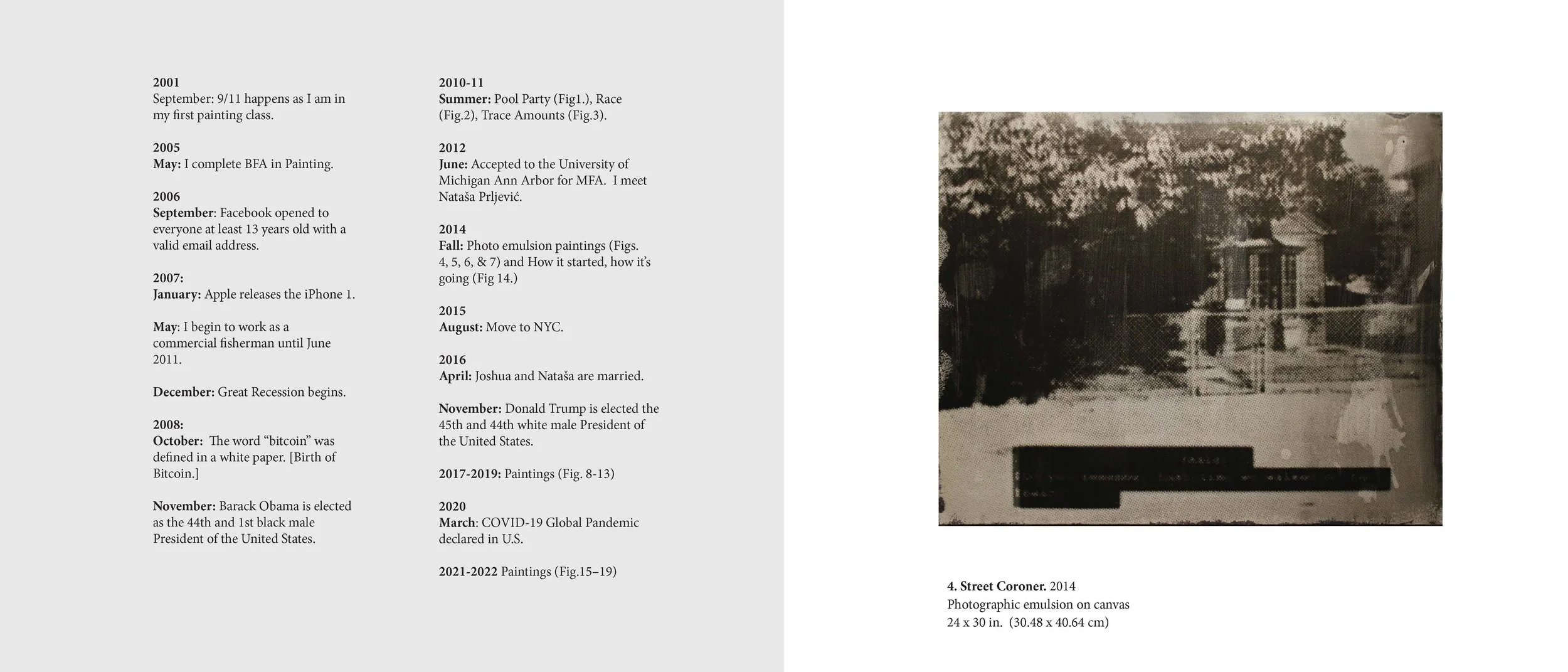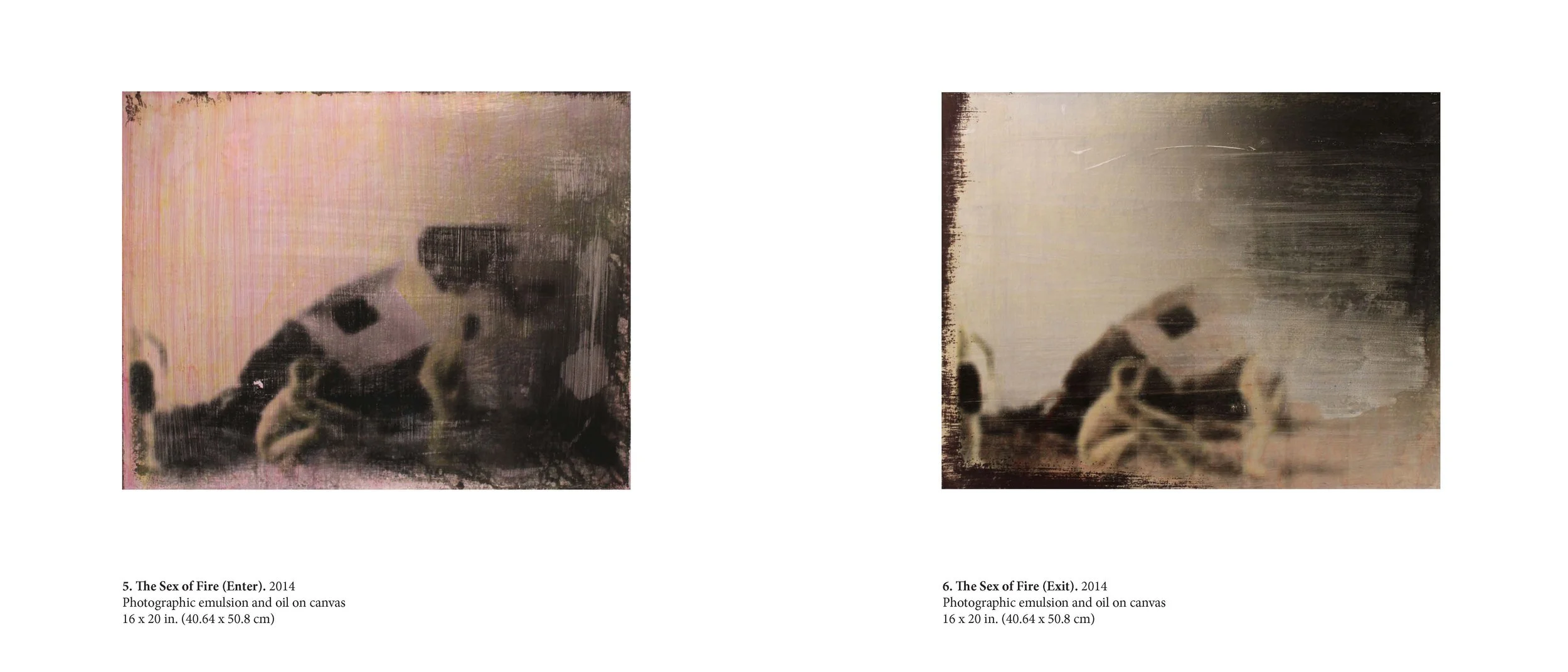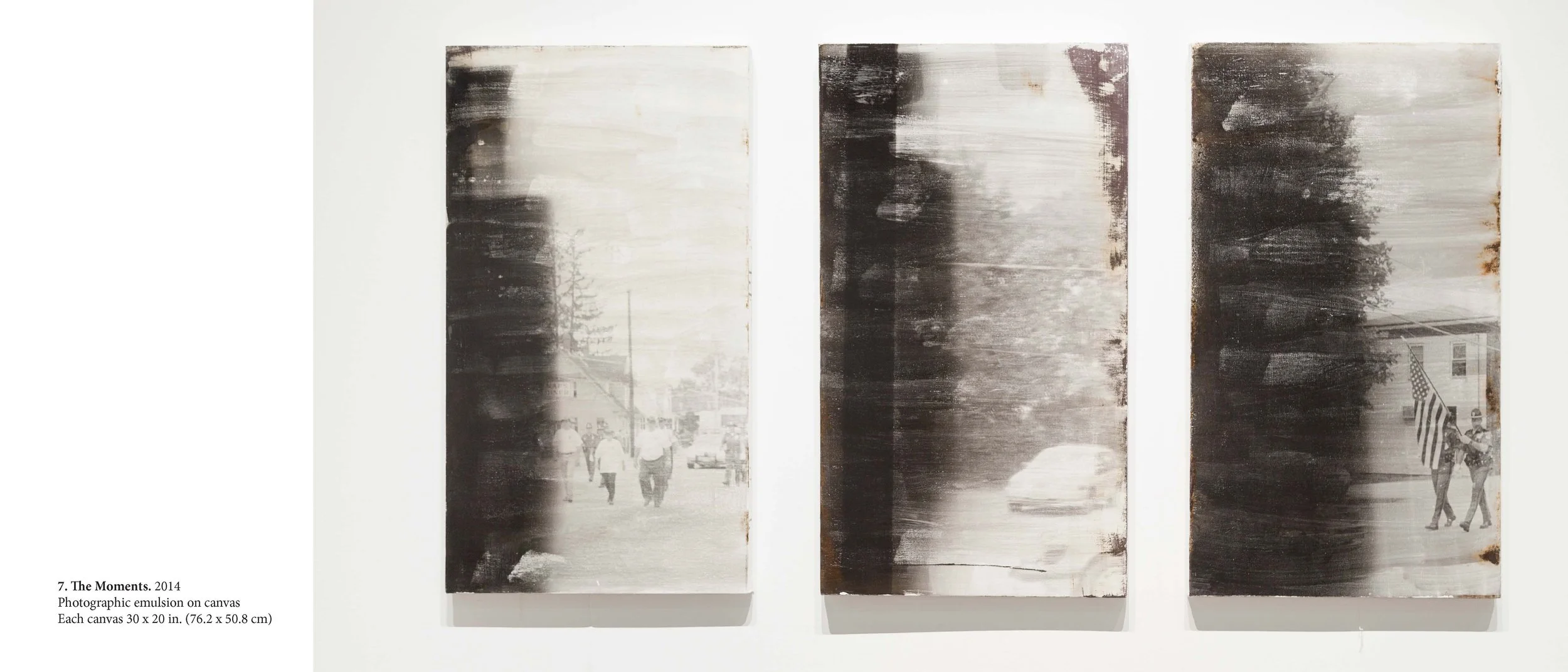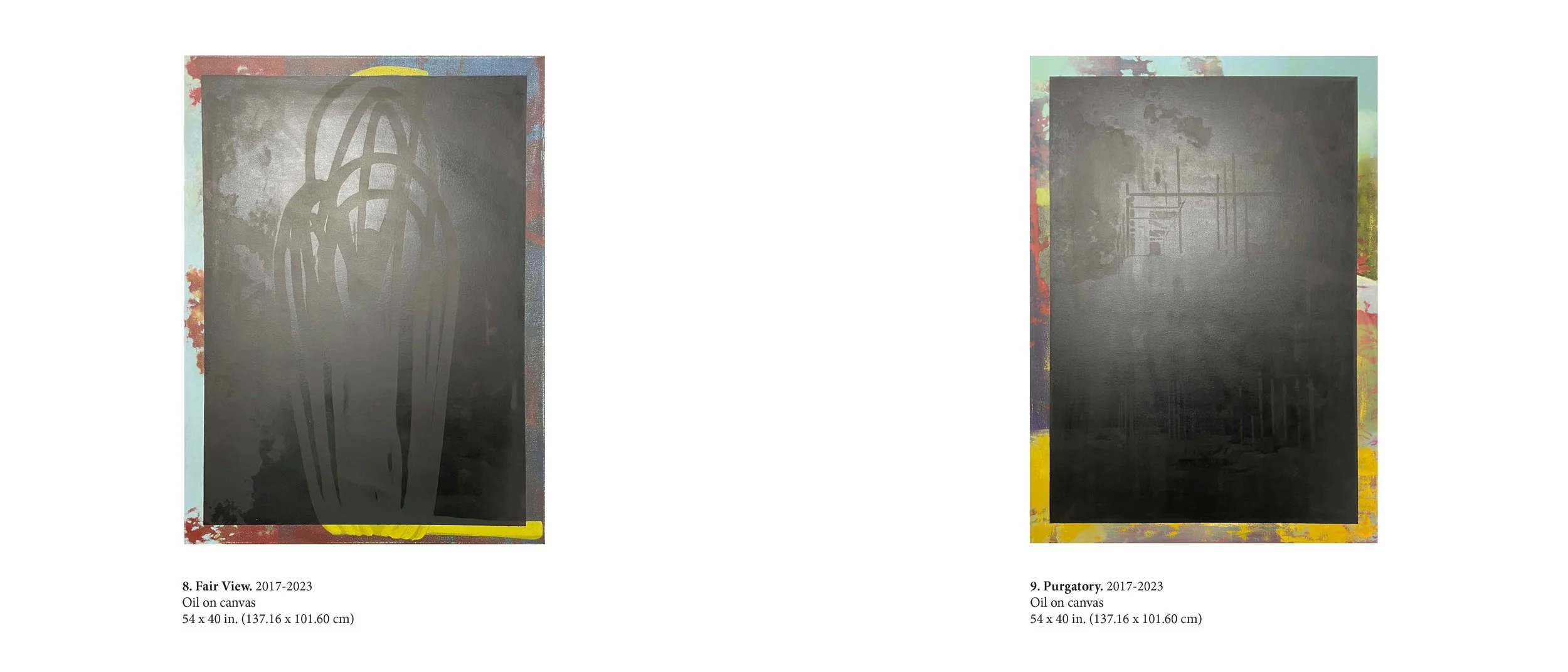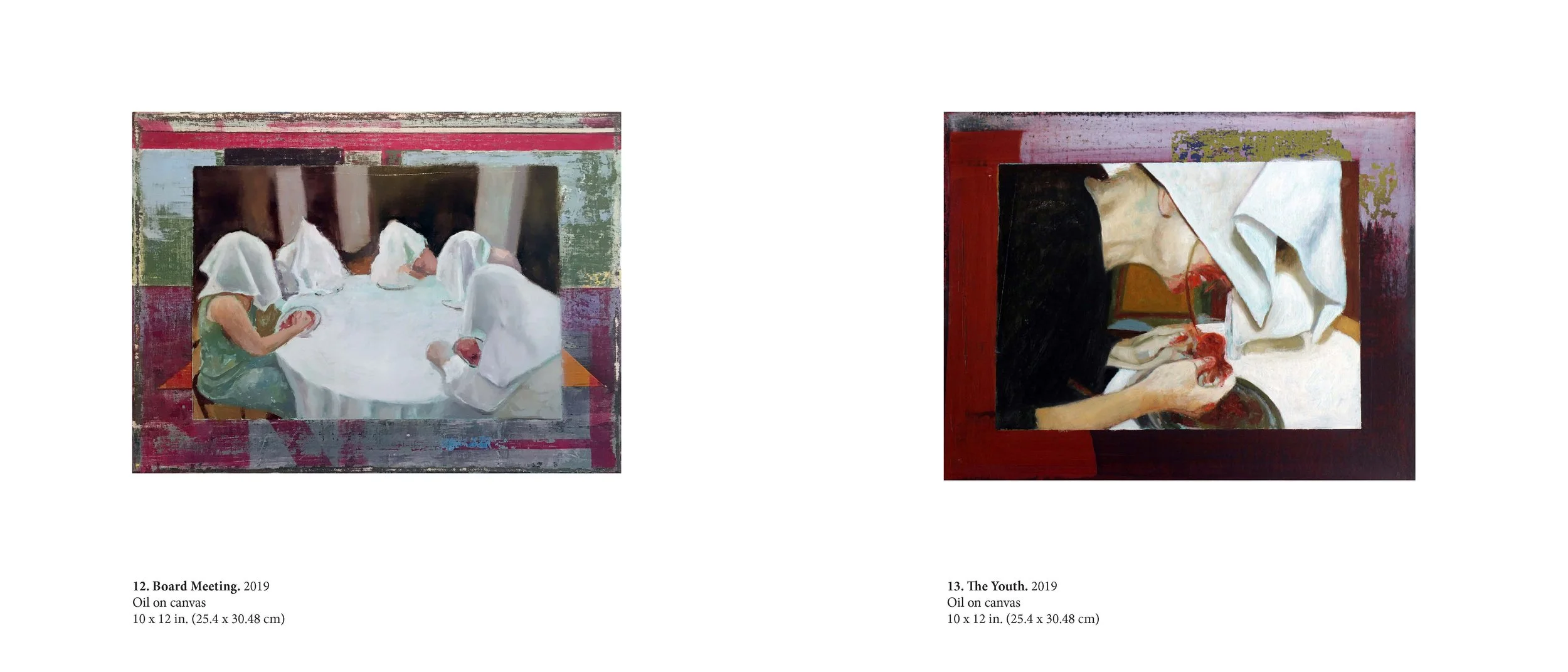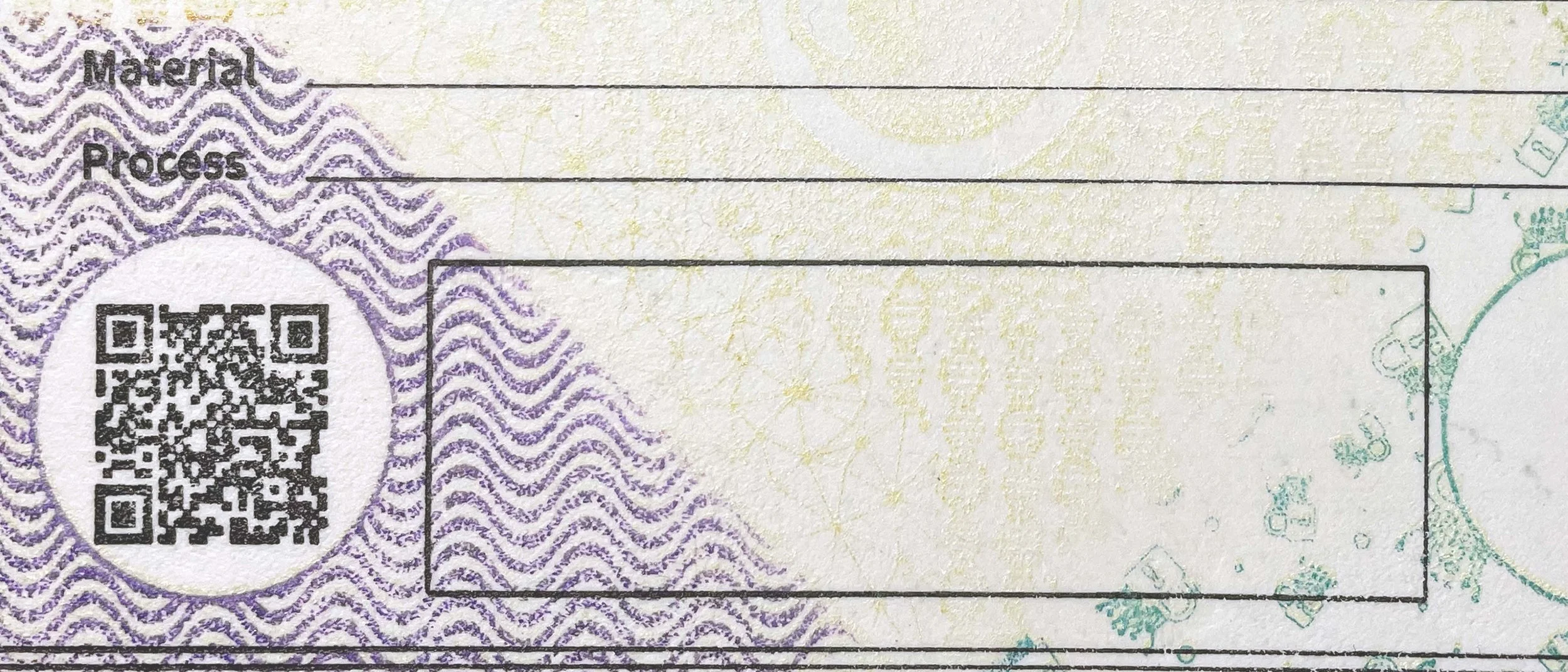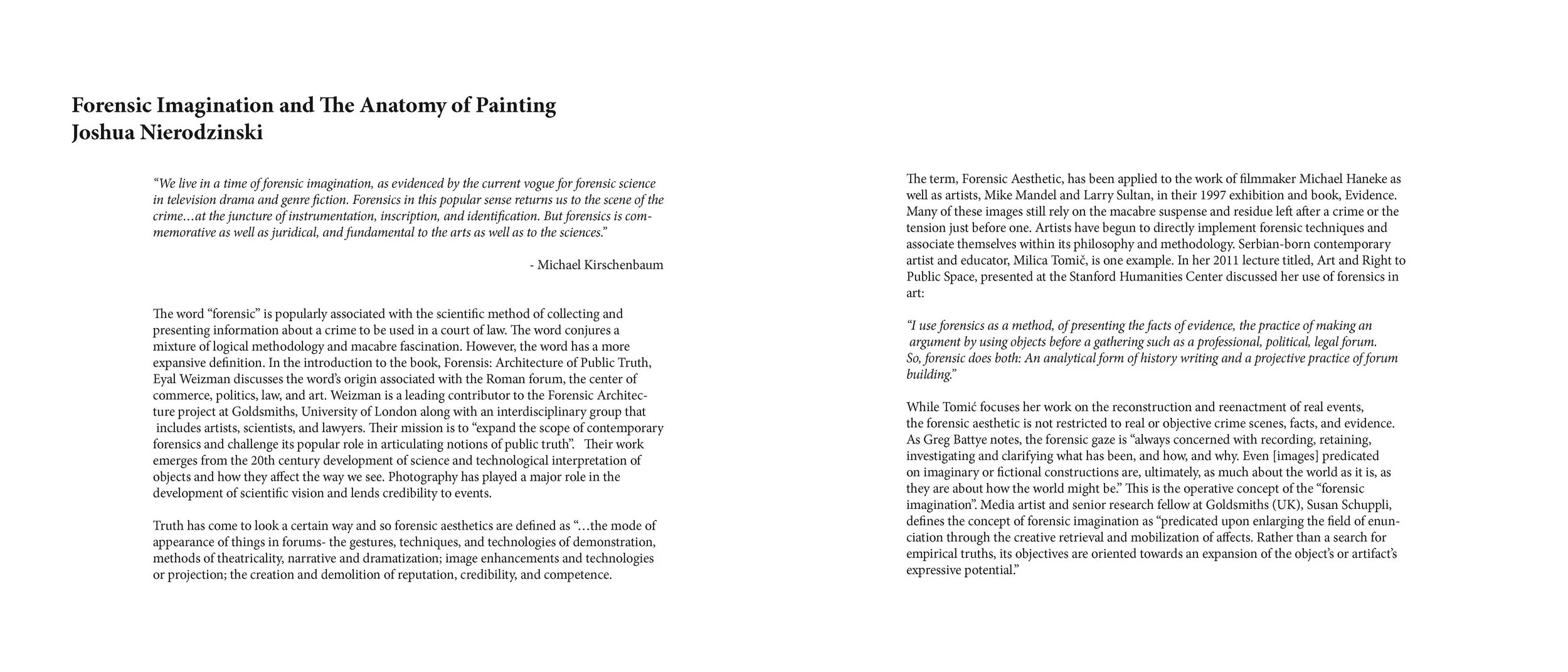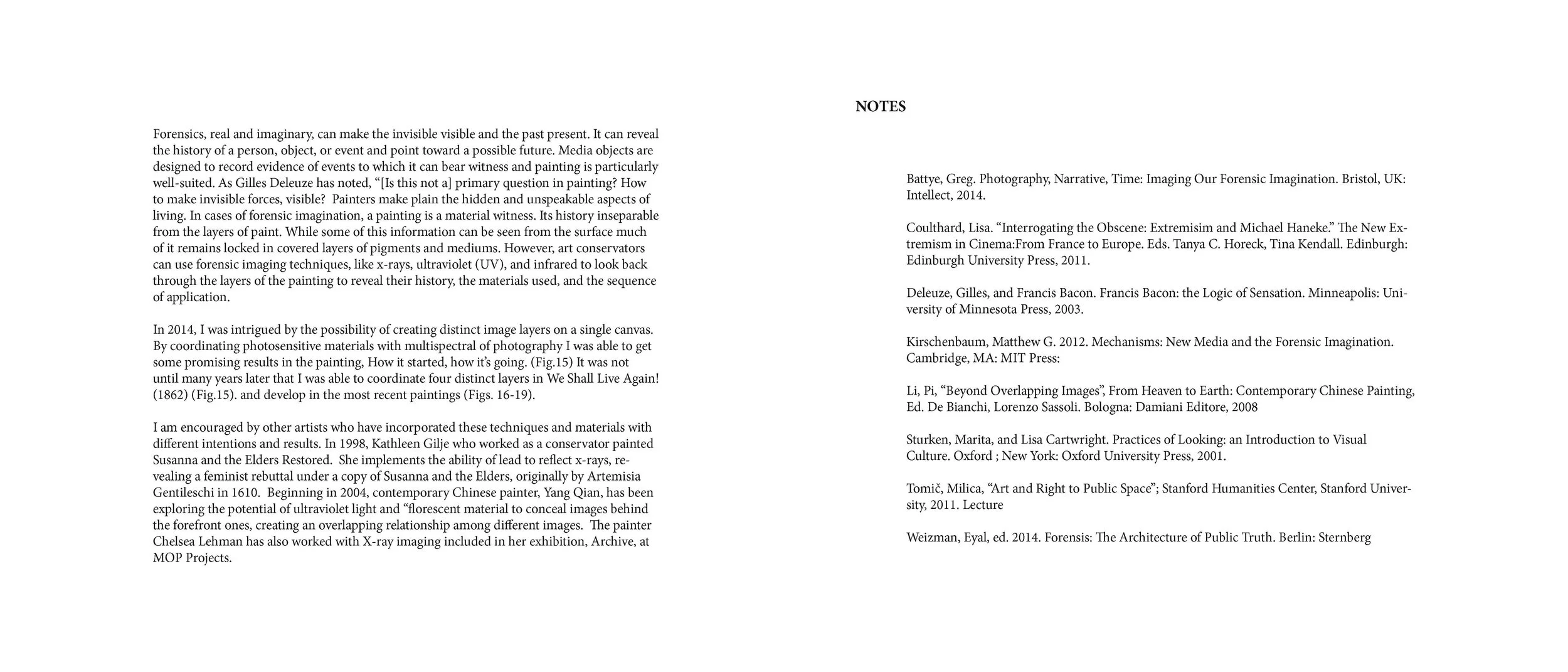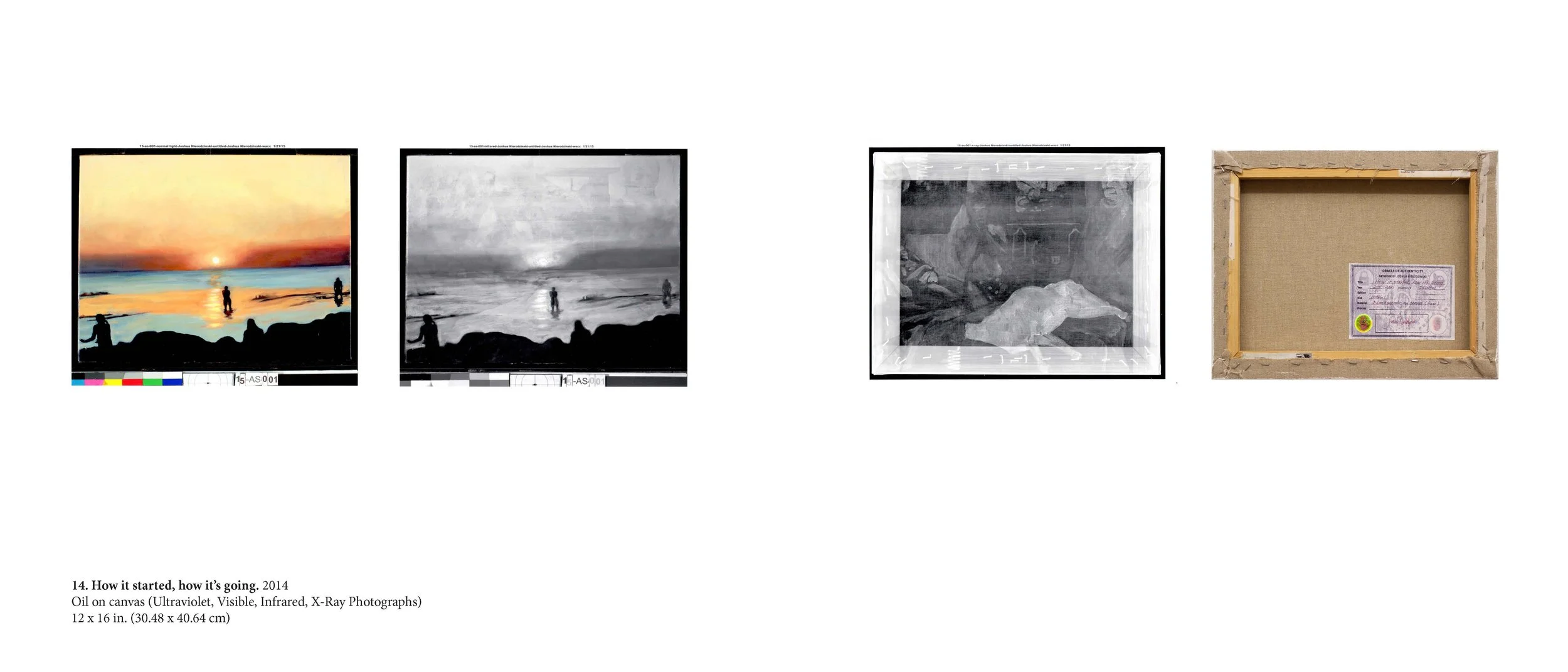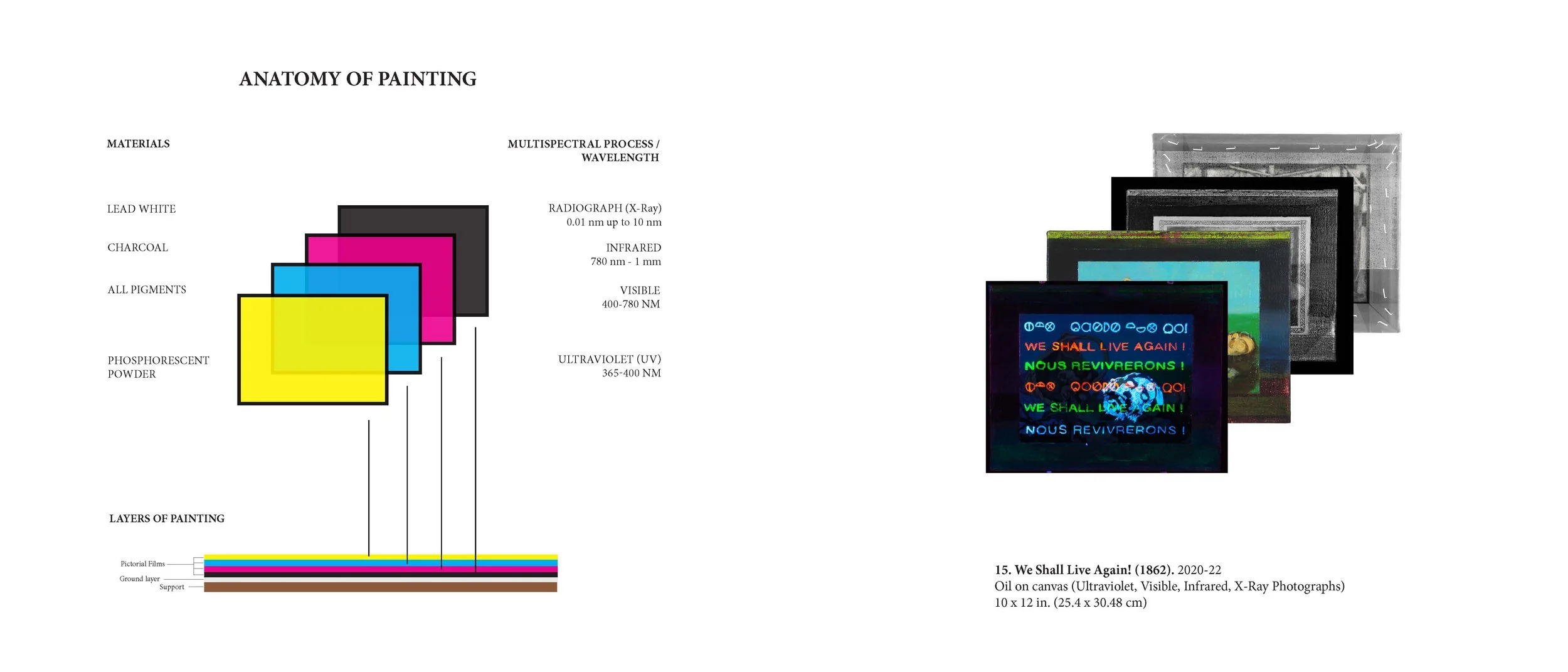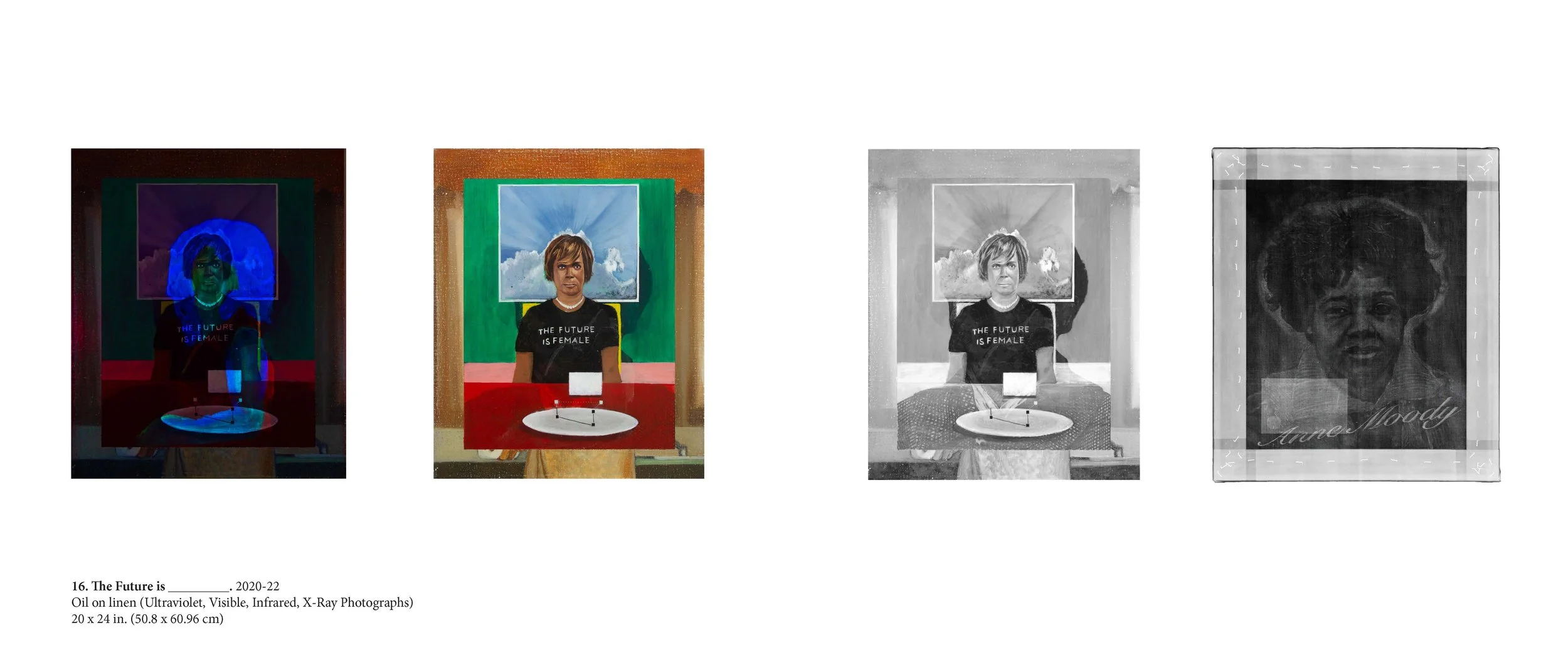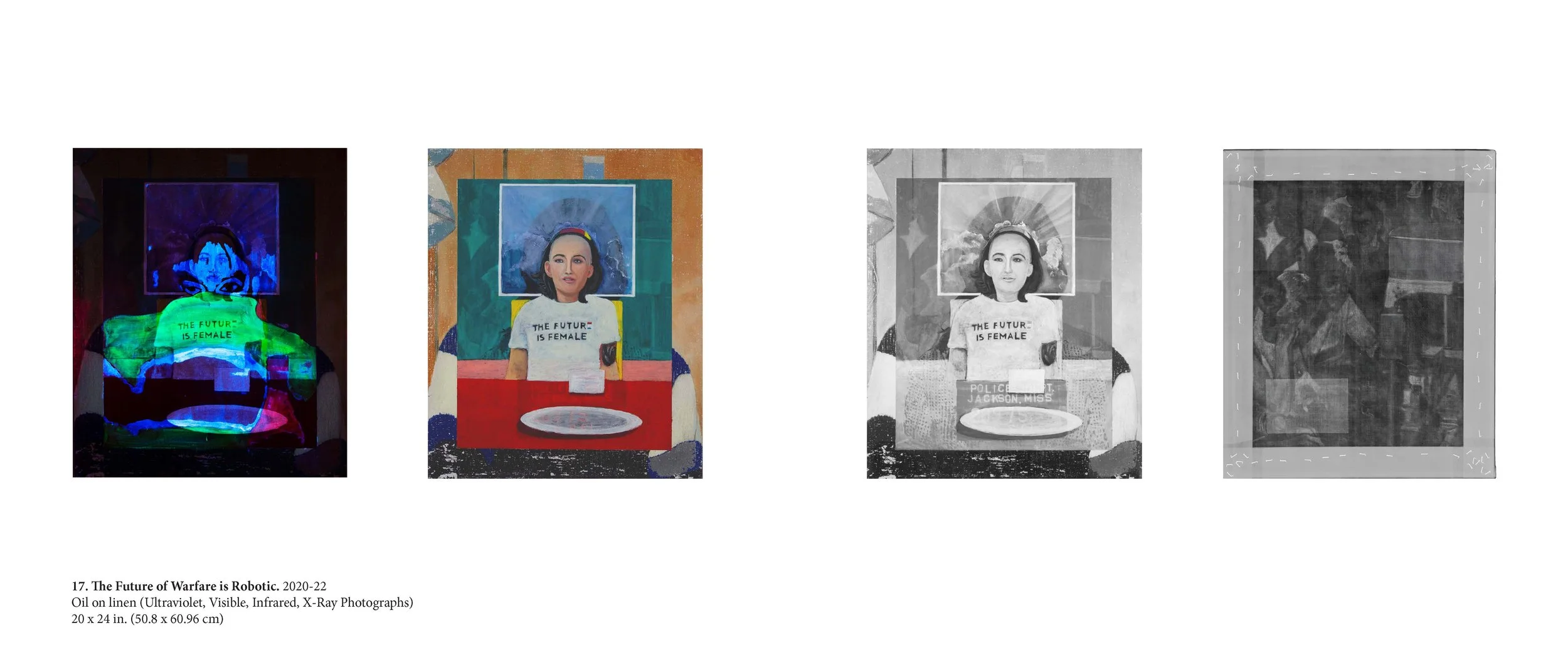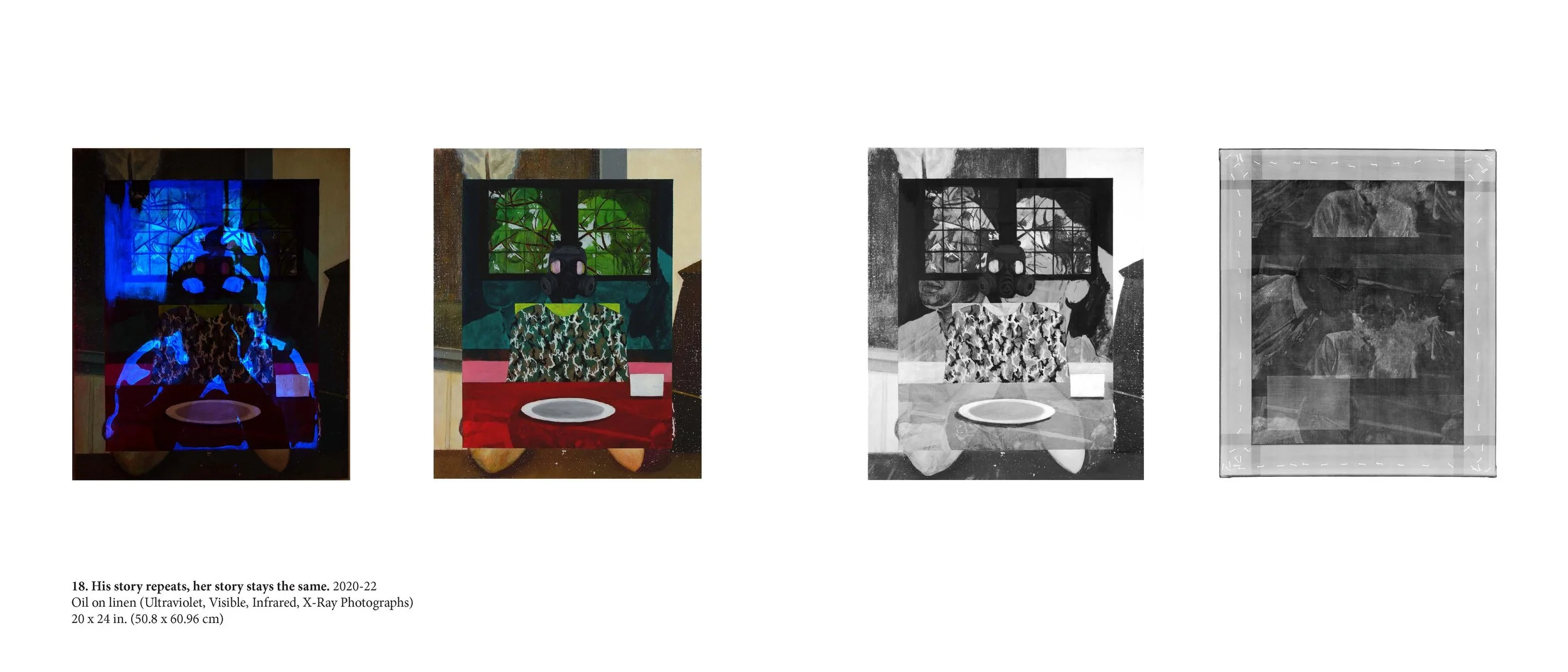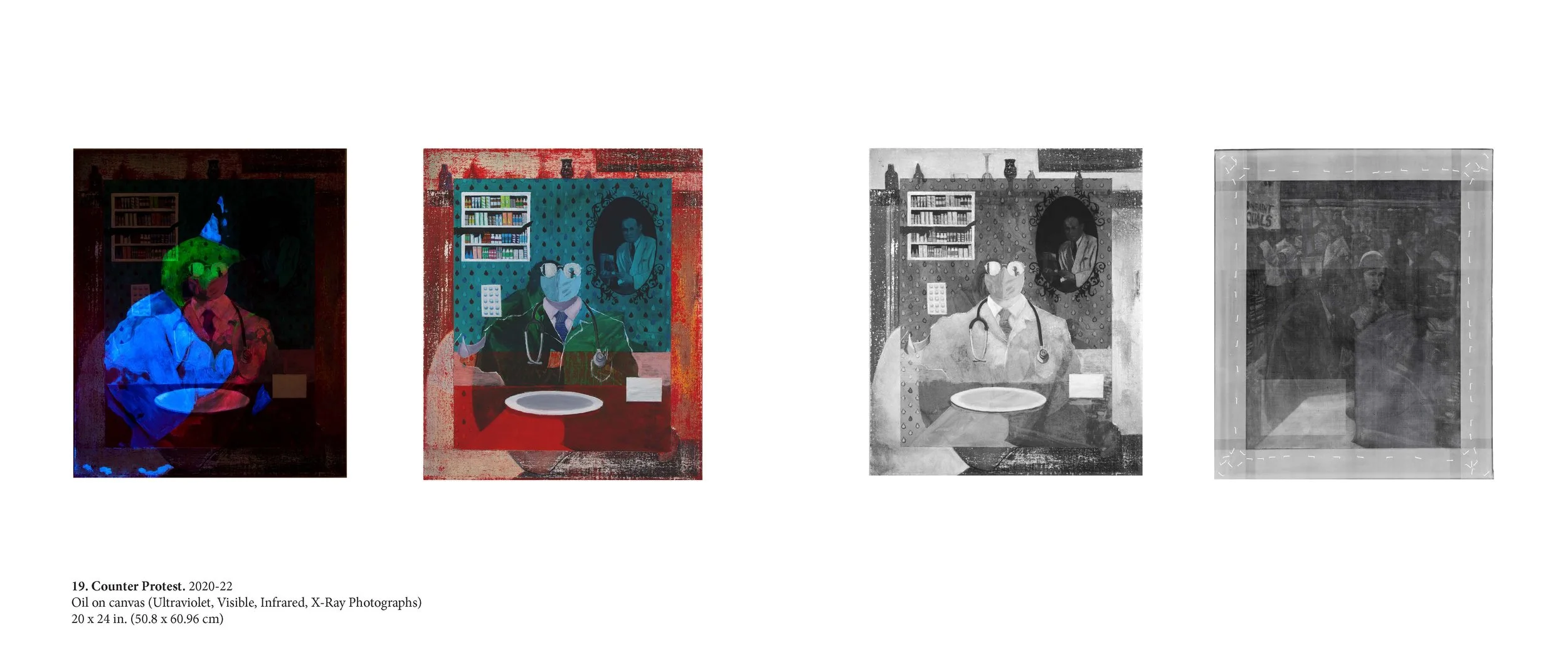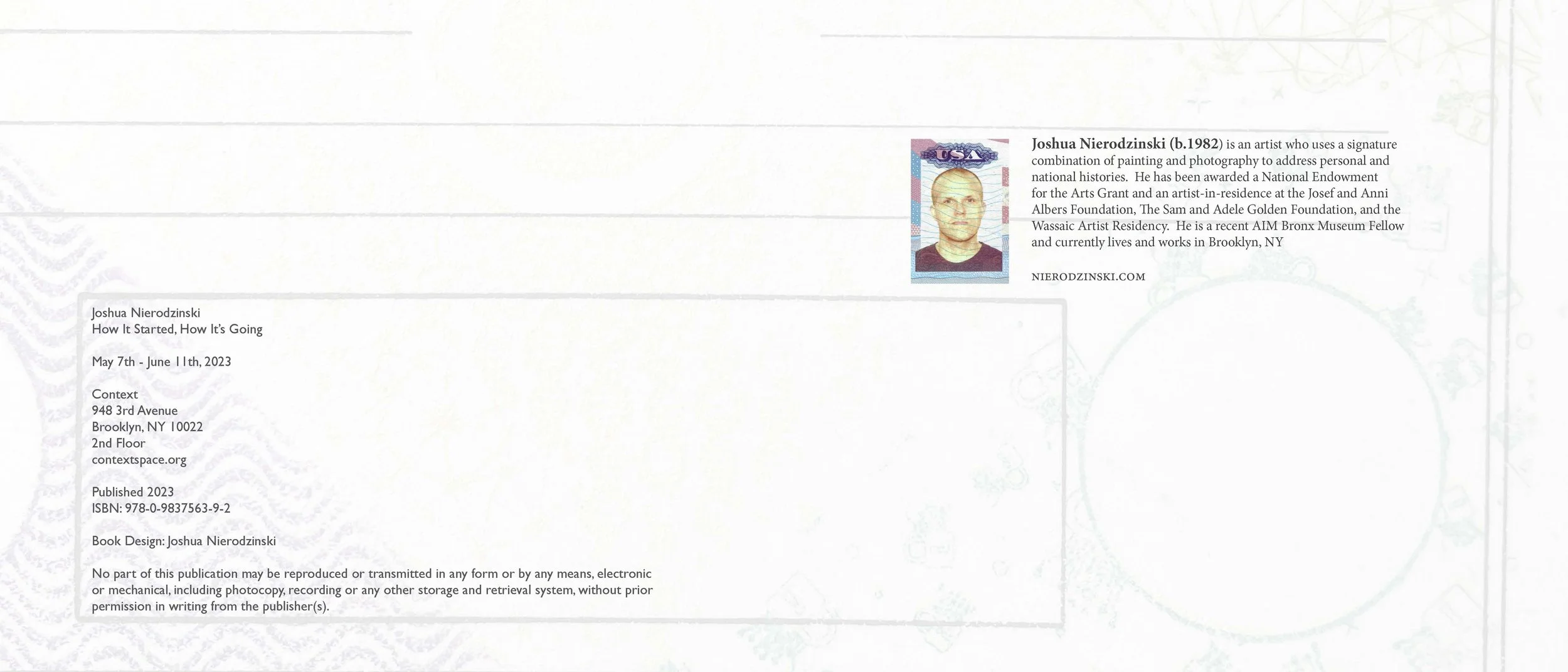I am a multidisciplinary artist who combines traditional oil painting and advanced imaging techniques to explore material and visual culture. My intricately layered compositions incorporate references from my life with images in public media archives. I constantly shift between physical and digital processes resulting in hybrid artworks that investigate how the perception of authenticity affects value, identity, and history.
My creative practice begins with an emotional response to events where authenticity is in question. I then research and source images for a digital collage that organizes the layers of the painting. It is important to methodically plan the painting stage because the materials I use such as lead, charcoal, phosphor powder, and oil paint react to invisible wavelengths of light in unique ways. Once the painting is complete, I document it with imaging techniques used by art conservators for analysis including X-radiography, digital infrared, and Ultraviolet Induced Fluorescence. The resulting images retrieve information that is not immediately visible and produce a narrative through the layered history of the painting. Finally, the documentary evidence is sequenced into a video montage that accompanies the physical painting as a digital twin accessible by a NFC tag you can scan with a smartphone.
EXHIBITION CATALOG
